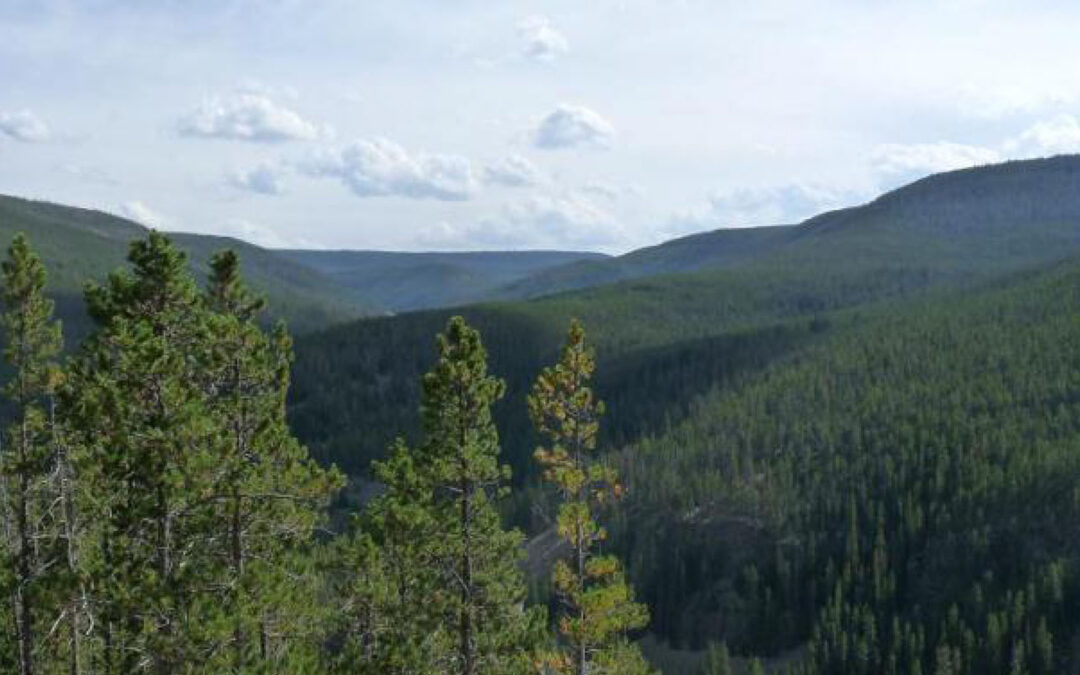Federal Judge Dana Christensen halted the Horsefly Vegetation Project in the Little Belt Mountains in Lewis and Clark National Forest. Judge Kathleen DeSoto had ruled that both the Forest Service and the U.S. Fish and Wildlife Service hadn’t properly considered a significant decline in northern goshawk populations in the national forest, thereby violating the National Environmental Policy Act and the National Forest Management Act. Christensen was called upon to issue the final order because of an objection to DeSoto’s ruling by the American Forest Research Council, a timber industry group that intervened in the case.
The Horsefly project calls for cutting trees on 10,343 acres and excavating more than 40 miles of new logging roads. As has become the norm for Forest Service logging projects, the agency claims the main purpose is “to improve forest health and landscape resiliency” and “reduce wildfire hazards.” The environmental assessment also employs various euphemisms. Commercial logging on 3,278 acres is “intermediate treatment,” clear-cutting 1,458 acres is “regeneration harvesting,” and “meadow restoration.”
William Avey, forest supervisor for the Helena–Lewis and Clark National Forest, approved a finding of no significant impact for the project. It states, “The Horsefly project will not affect the viability of any wildlife species.” According to Judge DeSoto’s ruling, that statement is untrue. She found that Forest Service officials had documented declining goshawk populations and knew that the project would likely harm the species. A 2018 survey for goshawks documented a 47% decline in active nests in the national forest. The Forest Service failed to include that information in its environmental assessment. As reported by Darrell Ehrlick in the Daily Montanan, “Federal law requires the Forest Service to monitor nesting territories for the goshawk on an annual basis because they are a ‘management indicator species’ for old-growth forests.”
Mike Garrity noted, “The agency also ignored its own Forest Plan requirement to issue an evaluation report if active nests decline by 10%.” Garrity is the executive director of the Alliance for the Wild Rockies, one of the plaintiffs in the case. His comments in response to the court ruling echo FSEEE’s experiences with the Forest Service:
“We follow the law every day, and the Forest Service must also follow the law. When a government agency violates the law, it must be held accountable in court. It’s not easy to fight the federal government, which has far more resources than we do, but nonetheless we are committed to making the government follow its own laws to protect our native wildlife and public land ecosystems. Despite attacks by politicians, intimidation tactics, and misinformation campaigns, we won’t be stopped.”


